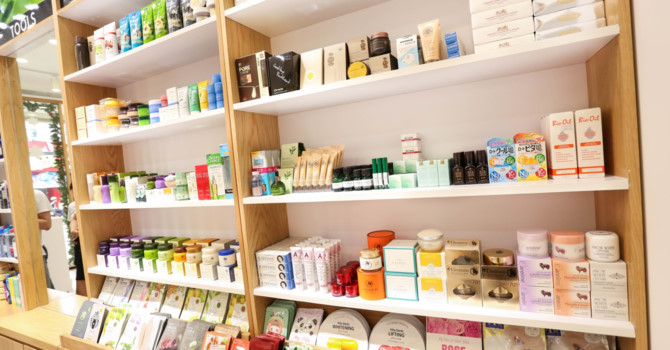Vietnam Promising Market For Foreign Cosmetics Manufacturers


The cosmetics industry grows by 30 percent per annum
A series of South Korean cosmetics brands have arrived in Vietnam in recent years. The Face Shop, Ohui and Laneige have been opening shops in many cities and provinces. Their business has been prospering as South Korean products have high quality and reasonable prices.
Meanwhile, European brands such as Vichy, Lancome and L’Oréal, which have been cementing their positions in the domestic market, have been launching new products and running sale promotions to lure customers.
Dominic OH, director of INTEX, said INTEX plans to organize a cosmetics international exhibition – Mekong Beauty Show - in June. He said Vietnam is an emerging promising market because it has a high 6 percent GDP growth rate and increasing interest in beauty products and services.
While foreign investors rush to scale up their production and expand distribution networks in Vietnam, domestic manufacturers have seen their market share shrink. |
Regarding the market scale, a report from Nielsen said Vietnam’s population has nearly reached 100 million, and 60 percent of them are aged below 35. The income per capita has been increasing rapidly recently, reaching $2,385, a rise of $170 compared with 2016.
The market analysis firm cited a report as showing that the cosmetics import/export turnover has soared from $3 billion in 2016 to $6 billion in 2017. At least 95 percent are smuggled products.
The Vietnamese cosmetics market is becoming busier than ever as Vietnam, as a member of FTAs, has slashed the import tariff on many items to 0-5 percent.
The fate of domestically made products
While foreign investors rush to scale up their production and expand distribution networks in Vietnam, domestic manufacturers have seen their market share shrink.
According to Nguyen Van Minh, chair of the Essential Oil, Flavors, Cosmetics Association, of the $6 billion worth of cosmetics import/export turnover in 2017, only 5 percent belonged to domestic companies.
Minh said Vietnam is rich in herbs, the input materials of many organic cosmetics products. However, domestic enterprises can only produce raw materials and cannot create high-end products.
Only a few Vietnamese cosmetics still can exist in the market, such as Thorakao and Miss Sai Gon, but they mostly target the low-cost market segment.
Minh said the association has asked agencies to help set up a R&D center to make organic products and take advantage of Vietnam’s rich herb treasure. However, nothing has happened.
Vietnam enterprises find it difficult to compete with foreign brands because of small production scale, low technology and limited investment capital.
RELATED NEWS
Vietnam's US$2 billion cosmetics market controlled by foreign brands
Another cosmetics brand bought by foreign company
Chi Nam
Vietjet Launches Four Routes Linking Top Destinations Of Việt Nam And India
Vietjet has officially launched four more services linking top destinations of Việt Nam and India including HCM Ci... Read more
Sacombank To Recruit 300 Staff By July
Sacombank is set to hire 300 employees by the end of July for positions like personal/corporate customer service ass... Read more
"Fly First-Pay Later" By MOVI And Vietjet Wins Technology Award
“Fly first - Pay later” is an 100 per cent online financial product that first appeared on the Vietnamese market... Read more
EXIM Thailand Opens Representative Office In HCM City, Inks Credit Deal With BIDV
The Export-Import Bank of Thailand has agreed to provide the Bank for Investment and Development of Việt Nam with ... Read more
Vietjet Launches Two Routes To India
The two newest routes, which will operate 3 and 4 round-trip flights per week respectively, are expected to continu... Read more
Vietjet Develops E-logistics, Pays 20 Per Cent Stock Dividend
The budget carrier expects to earn more than VNĐ22.3 trillion (US$959 million) in air transport revenue in 2022 Read more

